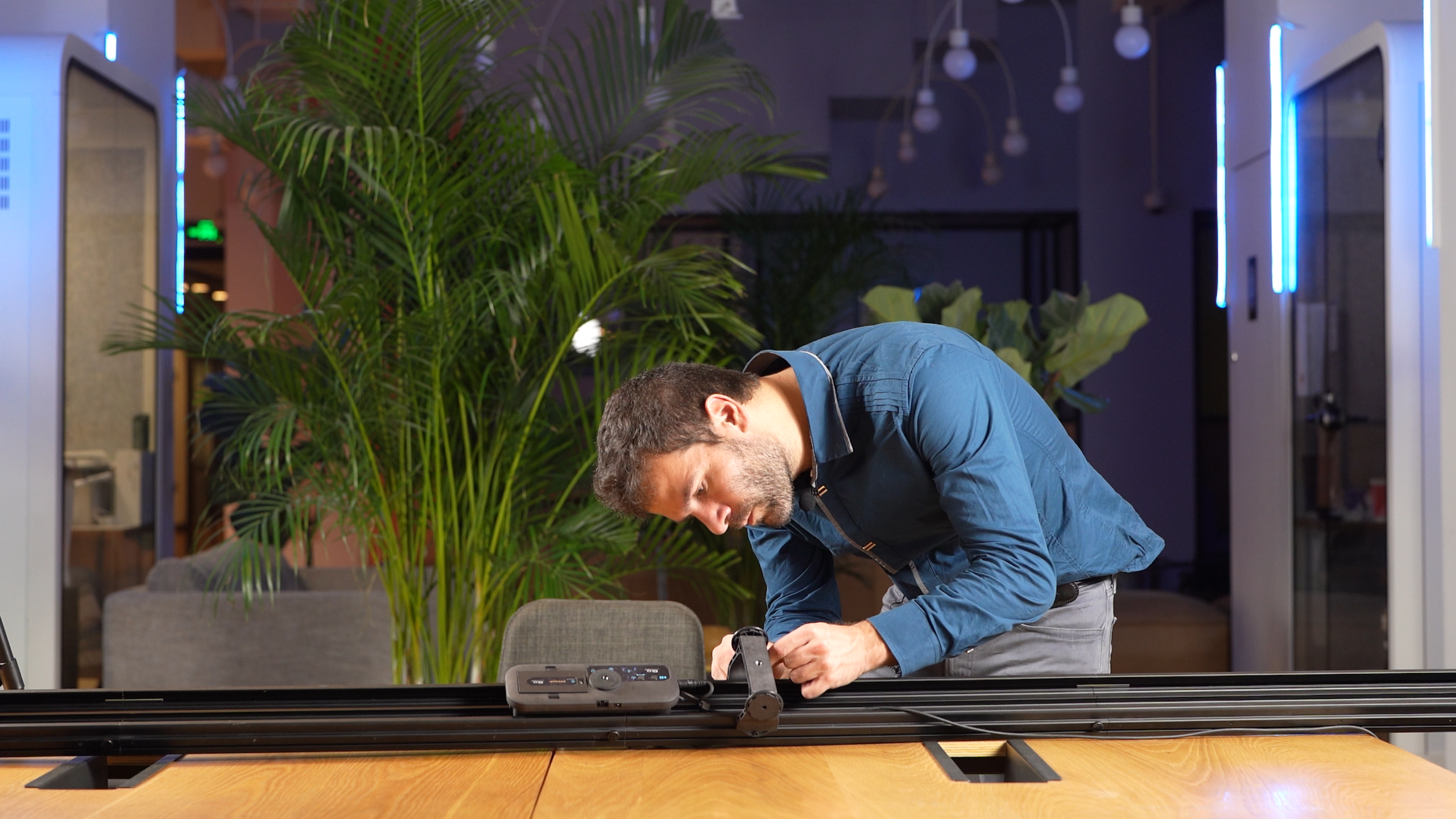| Product | Motion Filming Device |
| Technology | CNC, Overmolding |
| Material | POM, PU shore A 70 & 90 |
| Finish | N/A |
| Timeline | 7 days |
| Quantity | N/A |
For this project, we were commissioned to test several approaches to reduce the vibrations and noise of our client’s moving device, which were affecting the quality of the videos.
About our client

GoSlider is developing an innovative system for smartphones and small cameras to create professional, stabilized videos, making video content creation easier with attractive rendering to build audience loyalty.
Technical challenges
The challenge pertained to the device’s rotating parts, particularly concerning coaxiality. We needed to prevent vibrations caused by inaccurate positioning, prompting us to test different raw materials for the wheels.
We experimented with three types of materials, including POM, which is renowned for its excellent friction properties and widely used in ball bearings. Additionally, we tested two types of rubbers with different hardness levels (PU shore A 70 and 90) to evaluate their capacity for absorbing vibrations.




Our solution
To optimize the performance of the selected materials and address the various technical challenges of each option, we implemented the following production techniques.
First solution with POM parts: The POM components were machined using CNC lathe milling techniques to ensure high precision. We focused on minimizing assembly tolerances to eliminate any gaps between the parts, resulting in a seamless fit.
Second solution with Rubbers part: The wheels cannot be made entirely of rubber due to its soft characteristics, which would impact the coaxiality. To address this challenge, we implemented the following approache:
- ABS core: ABS was used for the interior of the wheels, ensuring a solid and stable structure.
- Overmolding: To achieve the desired vibration absorption properties, we employed an overmolding process for the tire (exterior of the wheel). This involved molding the PU shore A 70 and PU shore A 90 materials onto the ABS core, providing the necessary flexibility and resilience.
- Testing: We verified the precise alignment of the PU parts with the wheel.
This approach combined the strength of ABS with the flexibility of PU, resolving issues of deformation and coaxiality while enhancing vibration absorption properties.

Results
POM offers good coaxiality due to its hardness, but does not absorb vibrations. In contrast, rubber is softer, providing an effective solution for vibration absorption, but it needed to be enhanced and tested to ensure coaxiality. In the end, our client preferred a relatively hard rubber material (90 shore) for a good compromise between vibration absorption and coaxiality.
By implementing these solutions, we successfully addressed the challenges associated with vibration and positioning inaccuracies, ultimately delivering a clear overview of the best option for the client.
Additionally, this project led to the discovery of significantly reduced noise with the rubber material, further enhancing filming capabilities.

